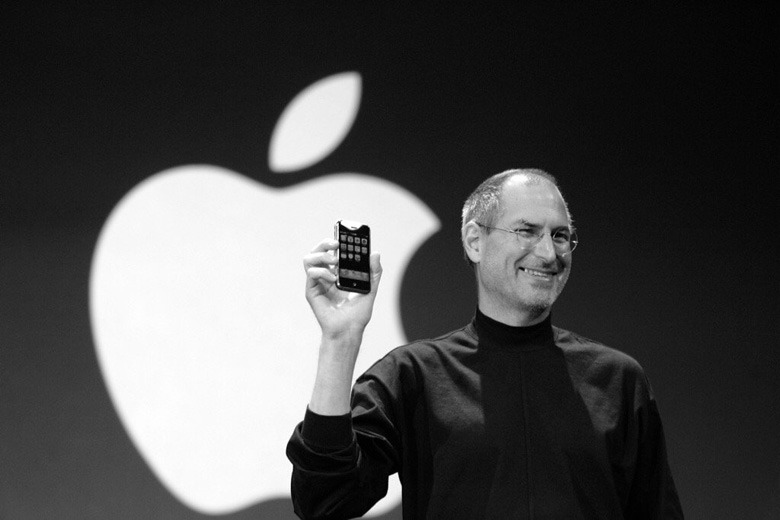Apple's iPhone Turns 10
Exactly 10 years ago today, Apple co-founder and former CEO Steve Jobs took to the stage at the now defunct annual Macworld conference in San Francisco to unveil the iPhone. Putting an end to years of rumors and speculation, Jobs described the tiny new device as "a widescreen iPod with touch controls, a revolutionary mobile phone and a breakthrough internet communications device." Reactions in the media were mixed at the time, but reactions from Apple's rivals were not: the giants of the smartphone industry all laughed off the iPhone as a device that could never compete with industry leaders. Behind closed doors, one Nokia executive told me at the time that Nokia was a fisherman and Apple was a fly buzzing around its head.
Now, 10 years later, smartphone giants have all been toppled. Nokia and BlackBerry have all but exited the smartphone market, and Microsoft's share of global smartphones sales is practically too small to count. Meanwhile, Apple has grown to become the most valuable company on the planet, all thanks to the tremendous success of the iPhone.
Compared to other smartphones at the time, Apple's iPhone really didn't seem like much. The lack of a physical 0-9 or QWERTY keyboard was uncommon at the time, but companies like LG and HTC had already dabbled with similar designs. In terms of functionality, the iPhone was incredibly limited. It had most of the main functions covered — phone, messaging, a web browser, and so on — but it did not support third-party apps like Symbian, BlackBerry and Windows Mobile.
Funny how that turned out beginning one year later when Apple introduced the App Store, a revolutionary on-device portal that changed the way people find and install third-party mobile apps.
"iPhone is an essential part of our customers' lives, and today more than ever it is redefining the way we communicate, entertain, work and live," Apple CEO Tim Cook said in a press release on Monday. "iPhone set the standard for mobile computing in its first decade and we are just getting started. The best is yet to come."
Apple marketing boss Phil Schiller had even more to say.
"It is amazing that from the very first iPhone through to today's newest iPhone 7 Plus, it has remained the gold standard by which all other smartphones are judged. For many of us, iPhone has become the most essential device in our lives and we love it," Schiller said in the same press release. "iPhone is how we make voice and FaceTime calls, how we shoot and share Live Photos and 4K videos, how we listen to streaming music, how we use social media, how we play games, how we get directions and find new places, how we pay for things, how we surf the web, do email, manage our contacts and calendars, how we listen to podcasts, watch TV, movies and sports, and how we manage our fitness and health. iPhone has become all of these things and more. And I believe we are just getting started."
Apple has come quite a long way indeed, and it has pulled the rest of the industry along with it — literally. Before the iPhone was unveiled, Google was developing the Android operating system as a BlackBerry clone. And Samsung began its rise to the top of the smartphone market by copying Apple's iPhone pixel by pixel. Smartphones have become the central point of our digital lives, and Apple is the company responsible for the transformation that has taken place over the past decade.
Below, you'll find a video of Apple's full Macworld 2007 keynote, where Steve Jobs introduced the world to the first-generation Apple iPhone.
And here's a reminder of what Apple's website looked like following the unveiling of the iPhone in January 2007.
Courtesy of the Internet Archive, here's Apple's original January 2007 iPhone site. https://t.co/1y4fyXtSCj pic.twitter.com/6HsqmUSv64
— Harry McCracken (@harrymccracken) January 9, 2017
